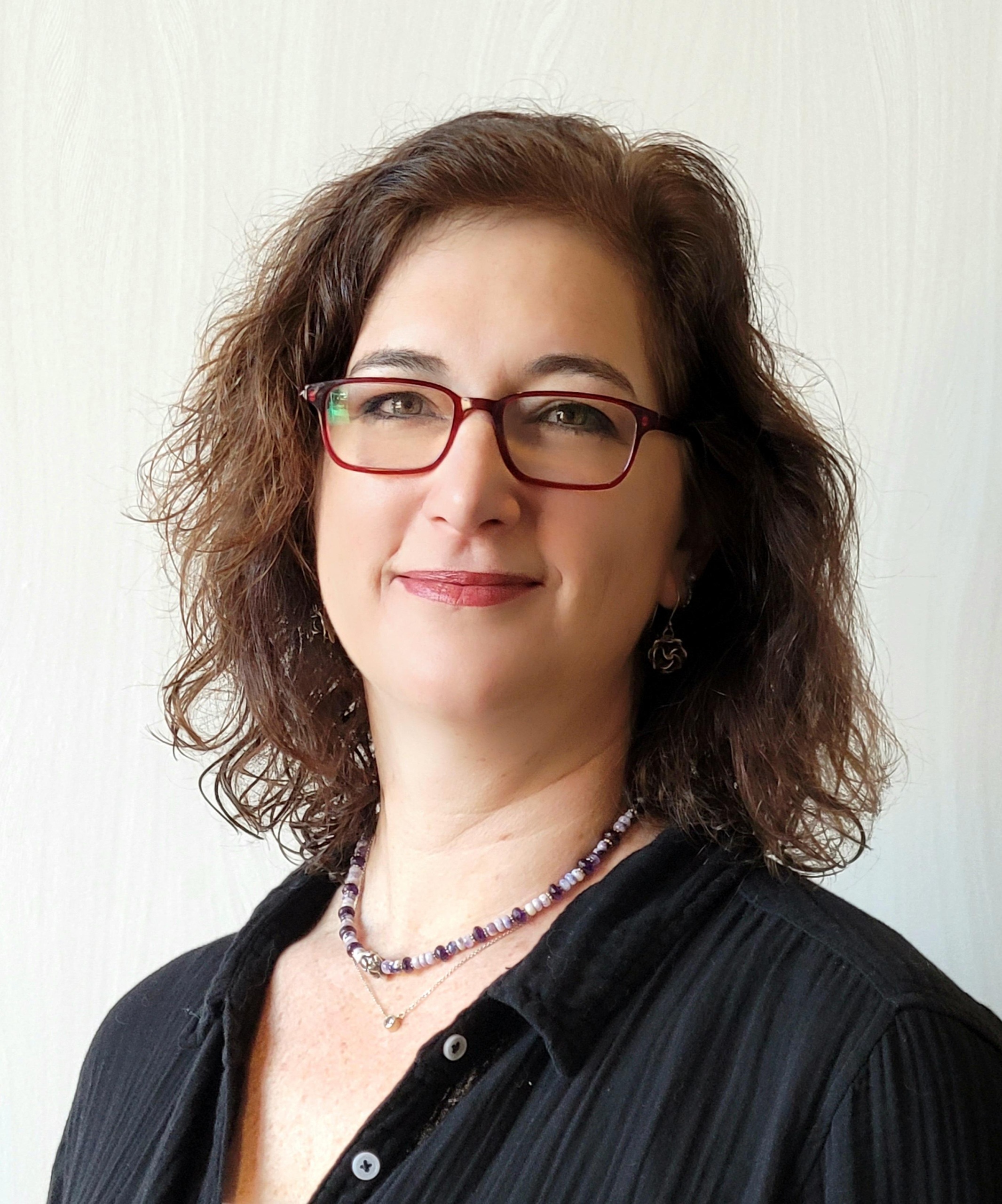CLASP Child Care Team at 25: Reflections From a CLASP Early Team Member
This blog is part of a series that lifts up alumni, partner, and board member reflections in celebration of CLASP Child Care and Early Education team’s 25th anniversary. Rachel started working on child care policy at CLASP in 1999.
By Rachel Schumacher

What were some of the greatest successes and victories for the child care sector during your tenure at CLASP? What was your/the team’s role?
My time at CLASP ran from 1999-2010. Our team was small but mighty for much of that time!
CLASP went to work explaining how states could use the new TANF block grant for child care in language advocates and administrators could understand, [which meant] many PowerPoints and charts. We also documented how access to child care was plummeting after TANF went into effect.
Head Start was reauthorized in 2005. CLASP talked to Hill staff and tracked every version as part of a coalition of groups working to improve the outcomes of the legislation. States innovated new ways to deliver pre-kindergarten and Early/Head Start in child care settings in the absence of major federal funding expansion., CLASP wrote “All Together Now” and other papers to point out pros and cons and encourage more innovation in other states.
What were some of the greatest challenges facing the child care sector during your tenure at CLASP? How did you and/or the team overcome them?
Federal funding increased in small increments or not at all during most of [my tenure], so CLASP tried to bring attention to the difference between potential children and families that could benefit and how many the program was [actually] serving. CLASP staff attorney Jennifer Mezey and Mark Greenberg, who was involved in advocacy for child care and the 1998 Child Care and Development Block Grant (CCDBG) regulations, developed ways to quantify this since federal agencies were not promoting this gap.
The other challenge was the dominant idea that child care was just babysitting for working parents. A major influential thinker and political operative at the federal level was heard to say that all that was needed was a “clean, well-lit room.” CLASP lifted up examples of how states were investing more in child care through mixed delivery and standards to show that child care could and should be considered part of the education continuum. We also developed a Starting Off Right project with ZERO TO THREE to focus on the particular challenges for infant and toddler child care and key ways to measure whether state policies were positive for children [between the ages of newborn to age three] and their families.
How did CLASP amplify policy considerations of families with low incomes, families of color, and of marginalized communities during your tenure at CLASP?
CLASP was and is an expert at technical analysis of the subsidy system, how it undermines equity, and the goals of the CCDBG in how it was regulated and implemented by states. We hammered on the misguided assumption in states that they could only use vouchers/certificates to distribute assistance and tried to persuade states they could use contracts/grants to stabilize the supply of child care. We interviewed state administrators who were using grants and contracts to get their insight on how it helped them build more quality and supply in underserved areas, for infants/toddlers, children with disabilities, etc.
CLASP started to analyze and publish Head Start Program Information Report (PIR) data annually, which wasn’t really being done by any organizations, to build understanding of how comprehensive the program was (and still is!). [CLASP also] advocated for more connection to comprehensive services for children served in child care subsidy, whose families also needed a two-generation approach to [support].
CLASP also led the way [in using] analytical skills with data and research to spotlight the racial inequity and bias against access to child care for children of immigrants.
What does a transformed, well-resourced child care system look like? What do you think are the next steps to get there? How can the CLASP CCEE team lead the way?
We need publicly funded, universal child care that meets the needs of all families and compensates its workforce fairly. Policy and advocacy are important, but we need to expand public will and support power-building among the parent and provider leaders who are closest to the pain points of the child care system and passionate advocates. CLASP has recognized this and has been a partner in movement building.
What is your fondest memory of your time on the CLASP CCEE team?
Once CLASP was able to raise money to have a child care team, we were able to bring in amazing young women early in their careers who have gone on to great work in early childhood and related areas like Katie Hamm, Hannah Matthews, Kate Irish, and Elizabeth Hoffman.
On the sillier side, CLASP used to have an incredibly competitive white elephant game at the holidays as well as an annual Oscar pool.
>> Learn more and register for the 25th Anniversary of the child care and early education team.